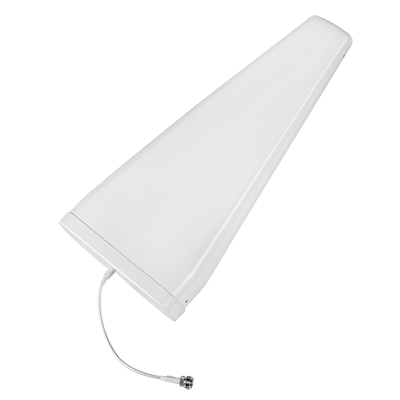 SureCall's 5G antennas are not really fully sub-6 5G, only covering up to 2700 MHz - but they do cover Band 71. They are intended for use with their industrial boosters certified for Band 71, but could be used directly with cellular embedded devices with antenna ports when purchased separately.
SureCall's 5G antennas are not really fully sub-6 5G, only covering up to 2700 MHz - but they do cover Band 71. They are intended for use with their industrial boosters certified for Band 71, but could be used directly with cellular embedded devices with antenna ports when purchased separately.
Specifications
- Model: SC-530W
- Form Factor: Mast
- Direction: Directional
- # of Antennas: Single
- Frequency Range: 617 - 2700 MHz
- Impedance: 50 ohms
- Cable Type & Length: SC-400 cable (sold separately)
- Connector: N-Female
- Internal Ground Plane: Yes
- Dimensions (H x L x W): 17.3 x 8 x 1.45 inches
- Weight: 2.25 lbs
- Mounting Options: Pole
- Outdoor Rated: Yes
- Frequency Range / Gain:
- 617 - 697 MHz: 7 dBi
- 698 - 960 MHz: 8 dBi
- 1710 - 2700 MHz: 9 dBi
- Special Features / Notes: Not Specified
- Retail Price: $117
News, Videos, & Status
We do not have one of these antennas in for testing.
News Stories:
Alternatives to Consider
For other popular cellular antennas on the market we are tracking - here are our featured options:
This Review Contains Additional Member Exclusive Content!
We are Honored to be Member Funded! No ads, no sponsors, no selling (but may contain affiliate links)
Our members fund our in-depth independent reviews.
This entry may contain additional member exclusive content such as testing notes, field testing data, user interface tours, comparisons to alternatives, analysis, tips, videos and discounts.
Members also get interactive guidance, alerts, classroom and more.
Other Ways to Support Our Work At MIRC
Member Exclusive Content Below
- Thoughts & Analysis - Favorite Features and Potential Downsides
Purchasing Options
Purchasing Links & Disclaimer
We don't sell stuff, we are primarily member funded. Some links below may be affiliate links (see our disclaimer), which also helps fund MIRC.
The vendors displayed below provide larger discounts to our MIAs that we have negotiated instead of displaying affiliate links while they are logged in.
MIA Discounts - Learn & Save!
Our Mobile Internet Aficionados (MIA) get special discounts from the below vendors. Members please check for discount codes before ordering. With savings up to 11% off, you could save more than your membership cost!
Amazon (affiliate link) | 5G Store
Cellular antennas can be a vital part of your signal enhancing strategy to get a better signal, and thus better cellular data performance. They come in many shapes, sizes and varieties.
They can be used directly connected to your mobile hotspots or cellular embedded routers, or they might connect to your cellular booster. They come in omni-directional vs directional, single vs MIMO, and might support different frequency bands. They come in combination antennas with Wi-Fi and GPS.
But most importantly, is your installation options on your RV or boat.
So before choosing an antenna, be sure to understand all of these variables - and keep in mind that there likely isn't a single 'one size fits all' solution here. You may need to make compromises, or even have speciality antennas for challenging signal areas.
We recommend starting with our Guide to Selecting Antennas, and then moving on to our other guides addressing related topics:
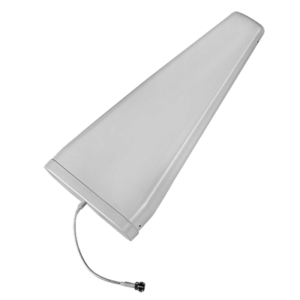
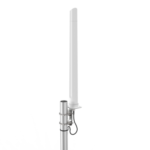



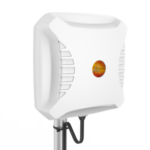
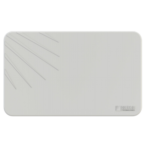
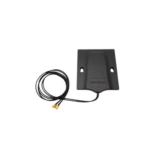
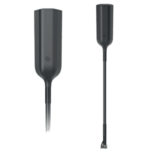
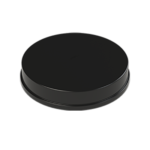
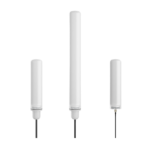
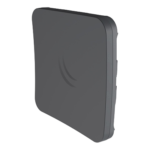
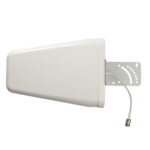



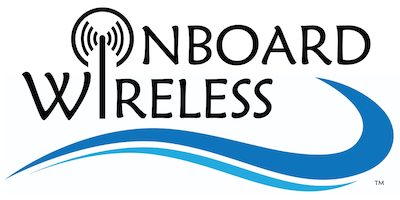



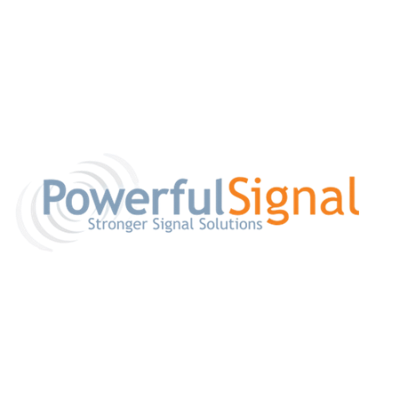


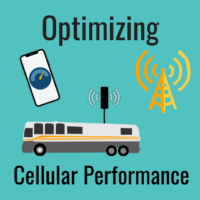
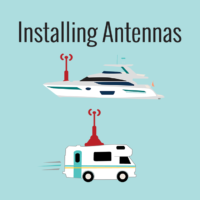
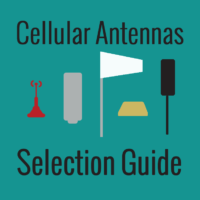
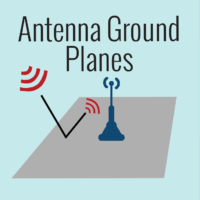
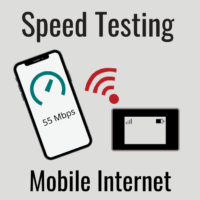
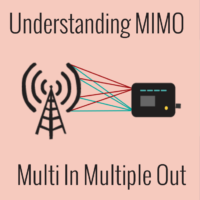
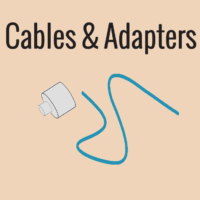



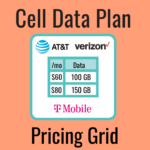

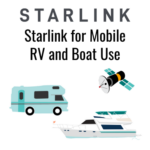
 Mobile Internet Resource Center (dba Two Steps Beyond LLC) is founded by Chris & Cherie of
Mobile Internet Resource Center (dba Two Steps Beyond LLC) is founded by Chris & Cherie of